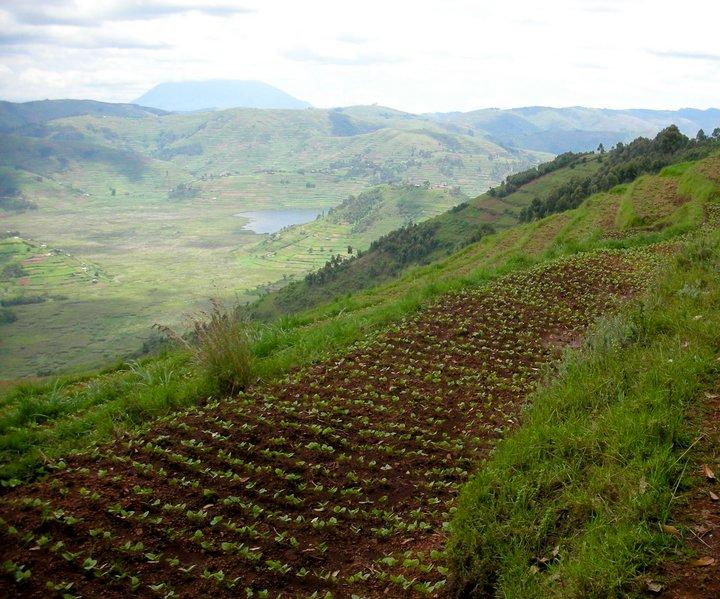Climate change, land and agriculture

The latest IPCC report makes clear that agriculture has enormous potential to help solve the problems climate change poses. And biodiversity, as an integral part of agriculture, is essential for all the actions the report calls for.
The latest report of the Intergovernmental Panel on Climate Change (IPCC), Climate Change and Land, makes absolutely clear that agriculture, so often the villain in discussions of the climate crisis, has enormous potential to help solve the problems climate change poses.
Food production is probably responsible for somewhere between 21% and 37% of human greenhouse gas (GHG) emissions. And yet, although agricultural production has increased along with emissions, the food it produces is increasingly associated with ill health. Climate change predicts that global food supply will become more precarious. The report calls for changes in food production, absolutely essential to maintain food security in the face of climate change, and points out that these changes offer opportunities to improve human well-being at the same time as delivering adaptation to and mitigation of climate change
Many of the IPCC’s recommendations are a strong endorsement of the work that Bioversity International has been carrying out over the past several years. For example, the report says that diversification – specifically including the use of a broader range of genetic resources and more diverse diets – can reduce the risks posed by climate change.
While the report’s authors have said in press conferences that they are not in the business of offering dietary advice, the report itself does say that “balanced diets, featuring plant-based foods, such as those based on coarse grains, legumes, fruits and vegetables, nuts and seeds, and animal-source foods produced in resilient, sustainable and low-GHG emission systems” will not only promote adaptation and mitigation but by improving human health will also reduce the cost of health care.

Our research has shown that greater biodiversity in farming systems reduces soil erosion, increases soil quality and reduces pests and diseases and the need for synthetic inputs. Dietary diversity is associated with improved health, but recent evidence shows that in some important crops increased levels of CO2 in the air will reduce crucial nutrients, including iron, zinc and protein. Should research invest in improving those crops, liable to suffer under climate change, or should some effort be diverted to other crops that offer a better return?
A recent study by Bioversity International, supported by the CGIAR Research Program on Climate Change, Agriculture and Food Security, concluded that maize and rice, for example, receive far more research than is warranted by the nutrition they offer. Other crops, including broad beans, chickpeas, lentils, sweet potato and even wheat, would offer greater gains. This is particularly important in light of the IPCC report’s stress on “multiple co-benefits”; that is, reducing competition for land while mitigating climate change and improving food and nutrition sustainability.
Research at Bioversity International also anticipated the report’s conclusion that “[g]lobal warming has led to shifts of climate zones in many world regions”. Climate analogues is a tool developed with Bioversity scientists that allows farmers and others to plan for the future by seeing where on Earth today experiences the kind of climate that they may have in the future, and from which they could learn. This could help food systems to ensure that, as they diversify in line with the IPCC’s suggestions, they do not tie themselves to crops and practices that may fail to deliver as conditions change.
Climate Change and Land strengthens the conclusions of the recent report of the Intergovernmental Science-Policy Platform on Biodiversity and Ecosystem Services (IPBES) about the importance of biodiversity in agriculture. The IPCC report makes clear that although some changes in land use would deliver immediate benefits, others will require at least a few years to make a dent in the climate crisis. In its measured way, it makes plain that the time to act is now. Biodiversity, as an integral part of agriculture, is an essential resource for all the actions the report calls for.
